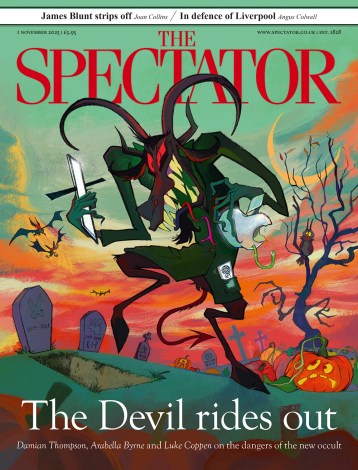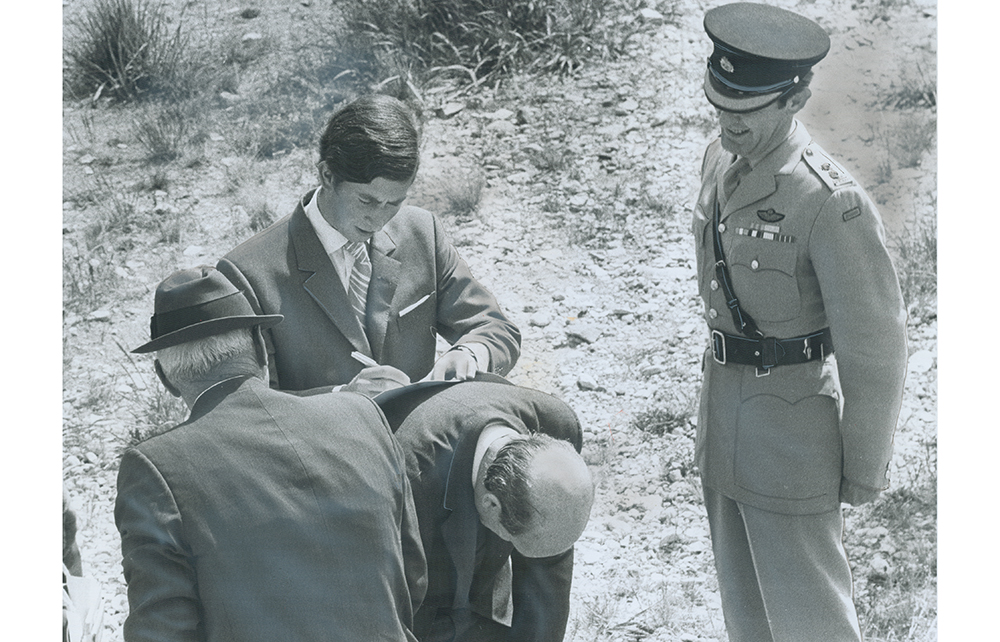Apart from when the government has been self-immolating, the royal family has dominated the news recently: the passing of Queen Elizabeth II and the solemn accession of the King; the continuing and rather tragic psychodrama of the Sussexes; the sad tale of the Duke of York. And, of course, we now have the latest series of The Crown. Apart from the weird sensation of seeing oneself portrayed on screen (thank you, Ben Lloyd-Hughes), I found the ten episodes, with their portent of tragedy to come, quite gripping.
Just the right time, then, for a book revealing the hidden wiring which powers the royal family. Courtiers is a suave history of the monarchy over the past century, seen through the prism of those who serve it.
What is a courtier? To some extent they exist in every walk of life, whether as consultants to businesses, Spads to politicians or consiglieri to the rich and famous. But royal courtiers are different, as Valentine Low explains so well. To be a good courtier is ‘as much about the personal as the professional’. As Michael Adeane, one of the most famous of the breed, said: ‘It is no use thinking you are a mandarin. You must also be a nanny. One moment you may be writing to the prime minister, the next you are carrying a small boy’s mac.’ Mindful that many members of the royal family speak in riddles, the courtier’s role is to help ‘decipher the code’:
And they come in all shapes and sizes. Lord Stamfordham, who served both Queen Victoria and George V, reminded his colleagues that ‘we are all servants here’, before adding: ‘Although some are more important than others.’
This highly readable book charts the story of those who succeeded and those who failed. We begin with the legendary Tommy Lascelles who, like me, was not ‘born into royal service’ (as so many have been), and had ‘no particular wish to serve the royal family’; and end with the burgeoning court of the Prince of Wales, with its roll call of young, energetic, highly able and thoroughly modern courtiers, such as Jason Knauf, Miguel Head and Jamie Lowther-Pinkerton. One of the most fascinating aspects of this book is the detail of how that court is being established.
‘It’s no use thinking you are a mandarin. You must also be a nanny,’ said Michael Adeane
Since the reign of Queen Victoria, and the guiding hand of Sir Henry Ponsonby, the secret of the monarchy’s longevity has been how it has adapted to reflect the structure of society. Low describes how a number of courtiers have helped to effect that change, often against their instincts and principles. There have been others, inevitably, who were not interested in change at all, but ‘only in stifling creativity, stamping out innovation and standing in the path of progress’ – about whom, he rightly says, ‘history will not be kind’.
It was Lascelles who suggested the appointment of a press secretary, long before anyone had heard of such a being. William Heseltine introduced the walkabout, to bring the monarchy physically closer to the people; and Martin Charteris persuaded the late queen to include jokes in her speeches. Low quotes one courtier as defining this as the ‘Lampedusa principle’, citing the great count in The Leopard: ‘If things are going to stay the same, things have got to change.’
The greatest unsung heroes are often the press secretaries who fought against palace inertia and the doctrine, so well set out in this book, of ‘unripe time’. (I couldn’t count the number of occasions I’ve heard from officials at Buckingham Palace that ‘the time is not right’.) Low notes how conscious Christopher Geidt was that ‘modernisation’ (a word loathed by Elizabeth II) was a vital part of ‘retaining consent in a changing society’. The seamless constitutional and public transition from the Queen to the King shows how right that is. (This otherwise highly objective book verges on hagiography when it comes to Geidt, and indeed Robin Janvrin – congratulations to their PR advisers.)
During the years I worked for the then Prince of Wales I saw how instinctive his antipathy has always been to the doctrine of unripe time, and how he understood that the monarchy needs to reflect the structure of modern society and Britain’s changing place in the world – particularly important now, in the face of the failing Brexit experiment which has so undermined our global influence.
We are, of course, at a moment of profound transition for the monarchy. Low’s book was completed before the death of Queen Elizabeth; but it has glimpses of the future, rightly noting that Prince William understands that the ‘sort of people who work for the royal family will have to change if the monarchy is to stay in touch with those it represents’. I know this is something the King also understands. He will, I believe, be a catalyst for change as profound as any since Prince Albert. And having our new Queen Consort at his side, I doubt whether anything is beyond his grasp.
Courtiers gives us a remarkable insight into the unseen operation of the monarchy, and is an important addition to understanding its function, and our interest in this part of our nation’s story.






Comments